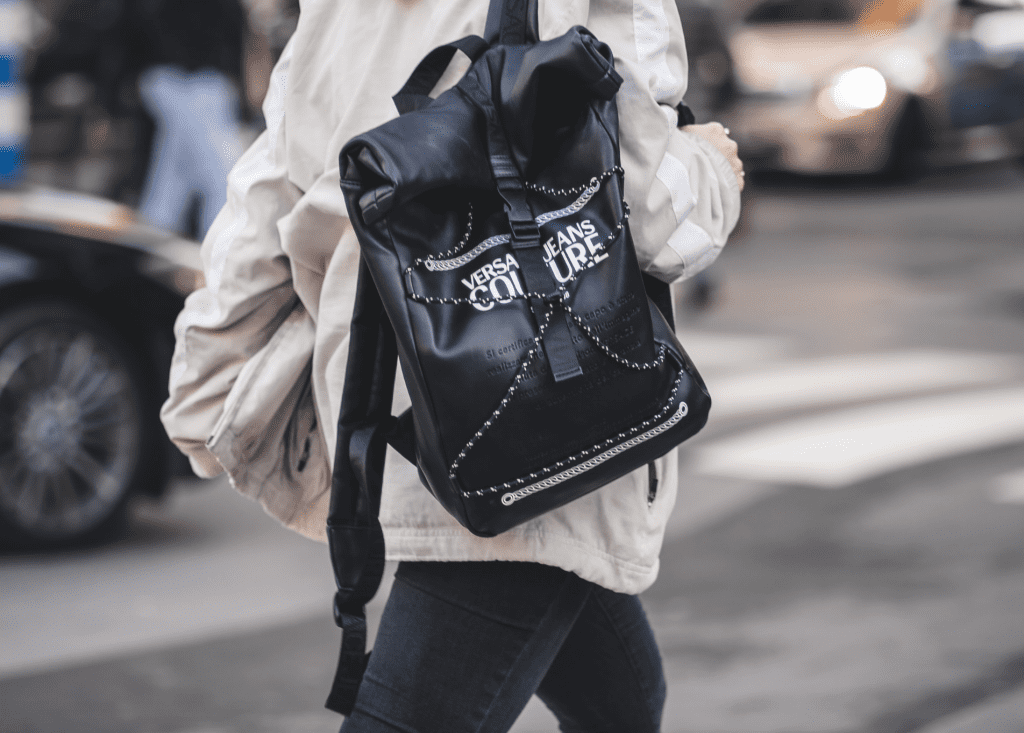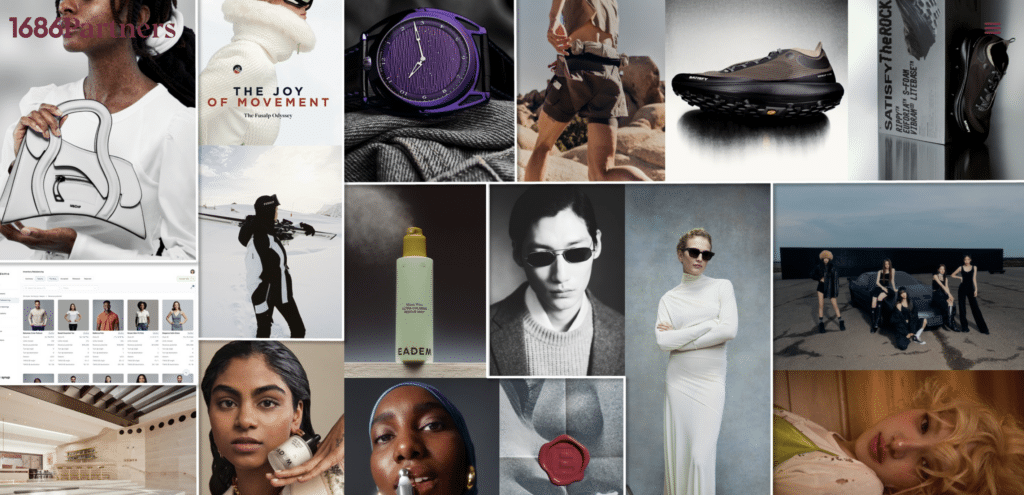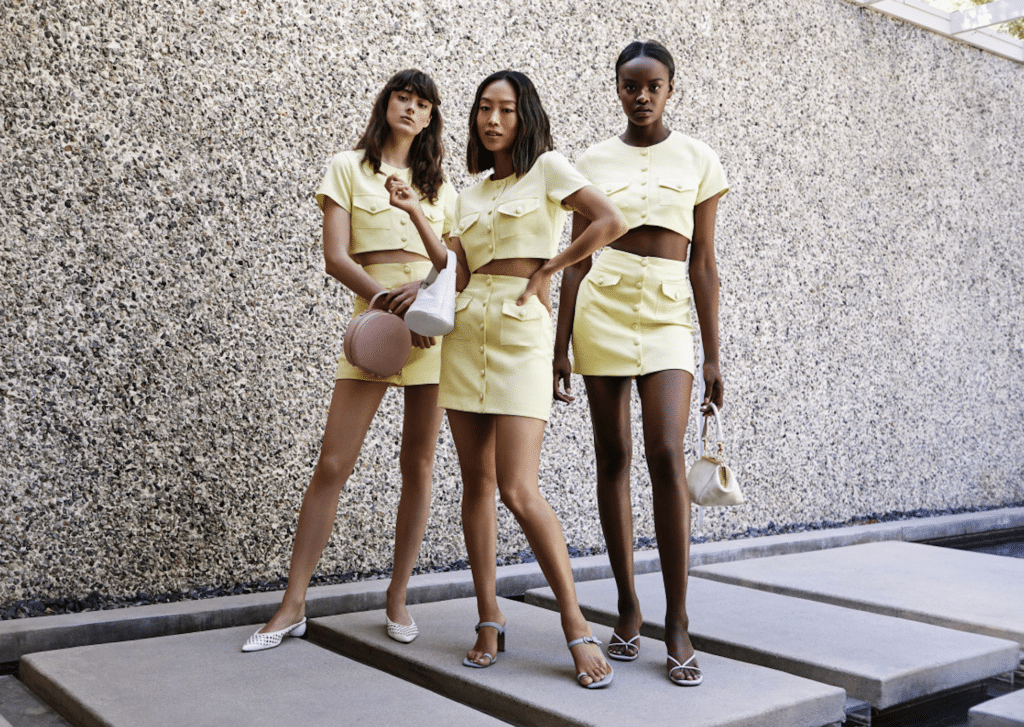Luxury goods sales for 2020 are expected to amount to 23 percent less than last year (an estimated total of $257.47 billion), thereby, marking what will be the biggest drop since 2009, the last time the luxury goods market saw a contraction in growth. Bain & Co. revealed in a newly-released report that while the 23 percent plunge in sales in the market for luxury goods ranging from sports cars and yachts to pricey wine and designer handbags – which is valued at a whopping $1.19 trillion – is the largest percentage-drop that it has ever recorded, the figure is still less than the “worst-case estimate” of a 35 percent plunge in sales that the consultancy cited at the outset of COVID-19.
As the U.S. and European markets brace for a second sizable wave of COVID-19 infections and related lockdown measures, Bain partner Federica Levato says that China – where luxury spending is expected to fall by about 33 in 2020 on a year-over-year basis – “is relentlessly accelerating day after day,” with sales growing by some 45 percent since Chinese consumers began to leave lockdown in April. (Case in point: The widely-reported $2.7 million in single-day sales racked up in Hermès’ flagship store in Guangzhou on the first Saturday following the ease of COVID lock-down restrictions).
China is expected to rebound and overtake both the U.S. and Europe in terms of luxury spending within the next five years, with Bain putting China on track to account for nearly half of global luxury goods spending by 2025. In the meantime, Bain projects that the global luxury market is one track to return to 2019 spending-levels by the end of 2022 or early 2023. This trajectory is the result of sales growth in China, but also “robust demand from Western consumers, [which] has been an unexpected boost for designer brands, which for years have been focused on the Chinese,” according to the Wall Street Journal’s Carol Ryan, who notes that in October, Gucci owner Kering revealed that “sales in North America increased by 44 percent in its third quarter, compared with the same period the year before.
At the same time, fellow French conglomerate LVMH Moët Hennessy Louis Vuitton, whose roster includes Louis Vuitton, Dior, Celine, Givenchy, and Loewe, among dozens of other luxury brands, reported that sales in European and U.S. “were up.”
Ryan states that “this flipping of the normal trend could prove fleeting,” particularly as “Chinese sales will likely bounce back as global travel resumes.” But even as Chinese travel returns, no shortage of sales are expected to continue to take place on the Chinese mainland, making for a truly significant shift from years prior. Before the onset of the coronavirus pandemic, “nearly all of [the] $110 billion worth of Chinese luxury goods spending (92 percent) was done beyond the Chinese mainland,” McKinsey revealed in April 2019. Shopping associated with international travel – i.e., sales in the formerly-burgeoning “travel retail” category – enabled Chinese consumers to avoid the steep import tariffs and value added taxes passed onto them if they were to buy Western luxury goods at home.
The onset of COVID has swiftly accelerated an existing trend towards the repatriation of China’s luxury spending, which has been a priority for the Chinese government, as indicated by its efforts to cut value-added tax cuts in China. Beijing revealed in March 2019 that “it would cut taxes and fees for all companies by nearly 2 trillion yuan in 2019,” per Reuters, while luxury brands have simultaneously been looking to “gradually narrow the price gap between Europe and China – where their wares could often be 50 percent more expensive – including following a cut in import taxes brought in by the Chinese government [in 2018].”
Bain previously predicted that by 2025, Chinese luxury consumption will be split evenly between domestic and overseas markets.














